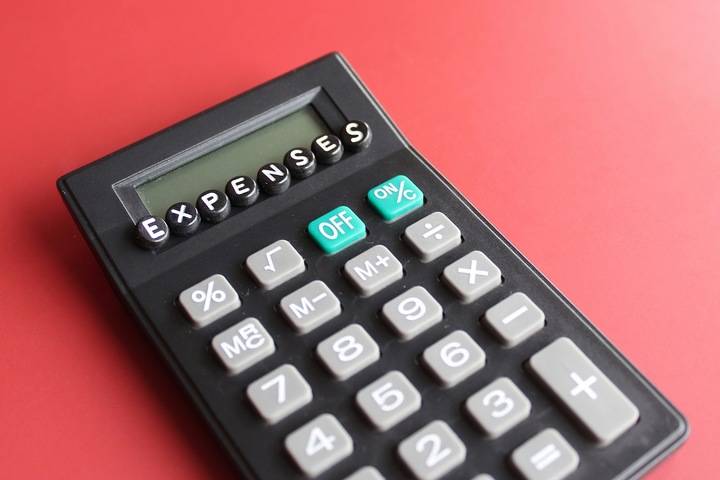SR&ED tax incentives are relied upon by over 20,000 Canadian corporations that engage in research and development. SR&ED is the largest federal government support program encouraging R&D in Canada, contributing billions every year.
SR&ED refers to ‘scientific research and experimental development’ as a reference to “systematic investigation or search carried out in science or technology using experiment or analysis,” defined by the Canada Revenue Agency. This includes qualifying basic research, applied research, and experimental development to achieve technological advancement.
Due to the nature of the SR&ED tax credit, many companies apply. The SR&ED eligibility criteria are strict regarding eligibility and what isn’t. Many applications fail without proper knowledge of what’s eligible and what’s required in the form of evidence and support.
Read this detailed guide on the SR&ED eligibility criteria:
What businesses are eligible for SR&ED?

SR&ED is available to all businesses operating in Canada, carrying out R&D in Canada, with specific expenditures for SR&ED performed outside of Canada. Three groups are eligible for SR&ED: Canadian-controlled private corporations (CCPC), other corporations, proprietorships, partnerships, and trusts.
Whether work is eligible relies heavily on why it’s being done and how terms why it must relate to discovering knowledge that advances either science or technology. There must be an argument that the information discovered is scientific or technological.
Furthermore, it must correlate to scientific or technological uncertainty. The ‘uncertainty’ is required as the starting point for a given research project, and the ‘advancement’ is the assumed outcome.
What are the eligible SR&ED expenditures?

If your work is deemed to fulfill the SR&ED criteria, what is eligible in terms of claimable expenses include salaries and wages, materials, SR&ED contracts, lease costs of equipment, overhead expenses, and third-party payments. To determine relevant and eligible SR&ED expenditures, the traditional method or proxy method must be used.
The eligibility criteria target work undertaken to advance scientific knowledge, with or without a specific practical application. SR&ED also targets research to create new materials, devices, products, or processes or improve existing ones.
Eligibility is further expanded by including work undertaken concerning engineering, design, operations research, mathematical analysis, and computer programming. It also includes data collection, testing, or psychological research to advance scientific knowledge or research new or improved materials, devices, products, or processes.
What isn’t eligible for the SR&ED program

A list of research is not eligible for the SR&ED tax incentive program. Work that does not fit the SR&ED eligibility criteria includes research did relating to market research, sales promotions, and quality control or routine testing of products or processes.
In addition, the SR&ED program does not cover any research in the social sciences or the humanities, any exploring or producing minerals, petroleum, or natural gas. It also excludes commercial production of a new or improved product or process, style changes to an existing product or process, or routine data collection.
Other SR&ED criteria

In conducting an SR&ED project, there is a specific method to do so to qualify for the program. A business must follow relevantly and established design methods, techniques, procedures, protocols, standards, and other practices. It must be a systematic approach to work, testing using experiment or analysis, developing logical conclusions based on the results and findings of the experiment or analysis, and maintaining all evidence as the work progresses.
Here is more clarification about other SR&ED criteria:
Documentation & evidence claims
All SR&ED work must be supported with relevant evidence and documentation. For example, support work – i.e. engineering, design, data collection, testing, and more – must be commensurate with the needs and directly support SR&ED work undertaken in Canada.
Documentation is even more important when one must delineate work that is included under SR&ED and what is excluded.
Project success
Successor failure is not a factor in assessing a project’s eligibility. However, please note that this work is no longer eligible if there is no uncertainty addressed or if it is circumvented in the research. Contrarily, if you try to resolve uncertainty and the work is to generate new scientific or technological knowledge, and you fail, this still meets the definition of what SR&ED will accept.
Technology
Regarding SR&ED-eligible experimental research, the work is conducted to discover knowledge advancing technology. To do this, insufficient technology knowledge is a prerequisite. Common problems that suggest insufficient technology knowledge include instances where existing design methods are not applicable.
There are also specifications do not conform to existing standards, there are too many variables or unknowns, parameters or conditions are outside of normal operating ranges. Other issues include the nature of a problem is evolving, data is not readily available, and there are interlocking constraints.

